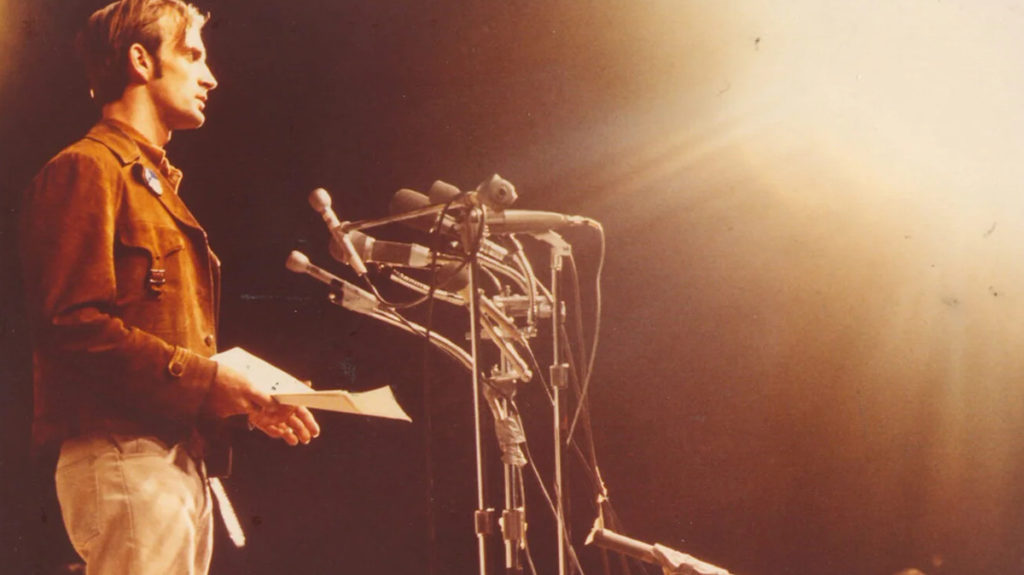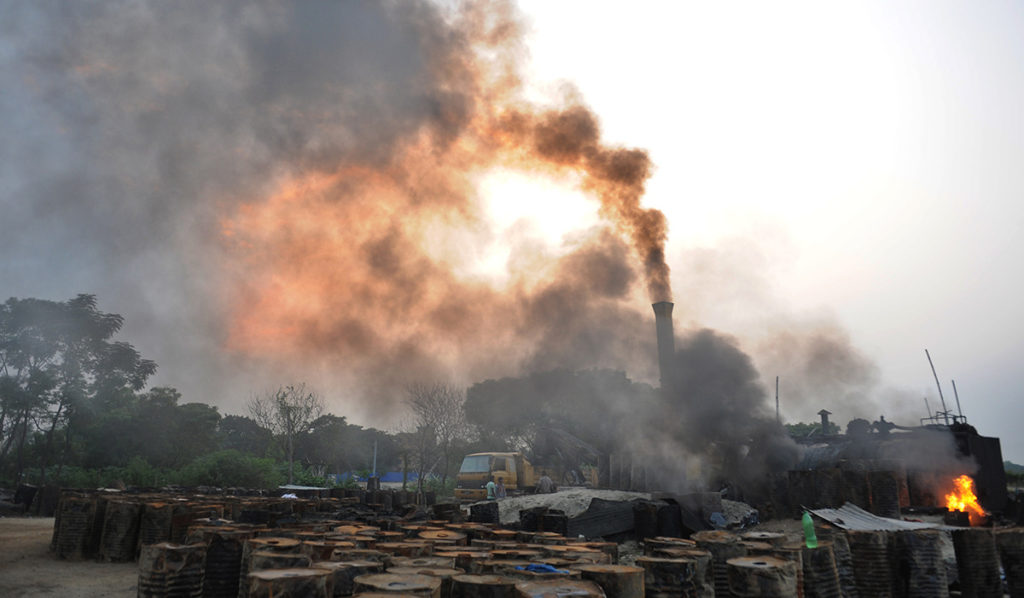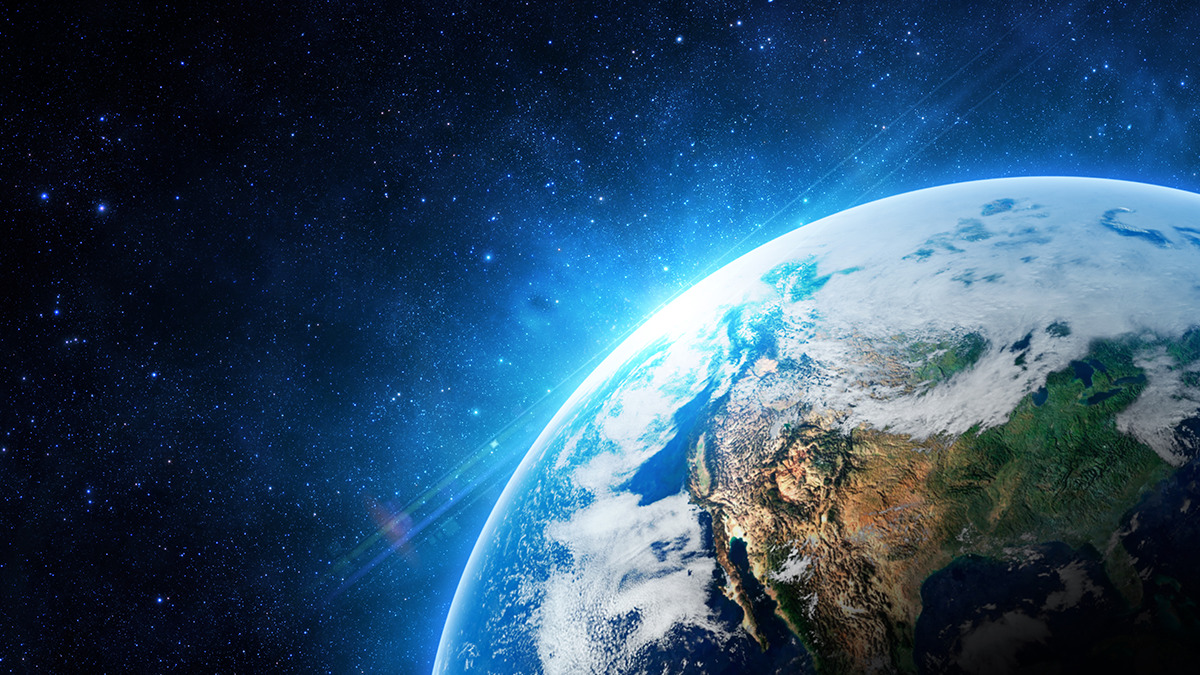As we mark International Mother Earth Day on April 22, climate scientists agree that the Earth is at a tipping point. Centuries of uninhibited exploitation of natural resources have put planet Earth’s future at risk. International Mother Earth Day recognises our planet and its ecosystems as “humanity’s common home” and the need to protect it from climate change and the destruction of our biodiversity.
The Earth Day movement to make the world aware of the dangers to the planet came into being over 50 years ago. But in the same period, the environmental challenges have only increased, with several countries failing to meet their pledged targets. For instance, take the Glasgow Climate Summit (COP26) of 2021, when governments came to an understanding on several steps needed to address the climate crisis. But they failed to make firm commitments to limit global warming to 1.5 degrees and avert what climate scientists say could lead to cataclysmic outcomes.
These setbacks don’t mean that people have stopped fighting for the planet. World over, the environmental movement has grown stronger than ever before. Here, we look at the circumstances and events that led to the first Earth Day, the people behind it and how it shaped the fight for the planet.
1. In September 1969, U.S. Senator Gaylord Nelson, often called the founder of Earth Day, announced that in the spring of 1970, there would be a nationwide grassroots demonstration on the topic of the environment and that there would be nationwide ‘teach-ins’ across the country to raise awareness.
2. Denis Hayes, then a 25-year-old graduate student and activist, was instantly attracted to the idea of a long-drawn environmental movement. And Nelson was impressed with the young man’s commitment to the cause and appointed him the organiser of the first Earth Day to be held on April 22, 1970.

3. April 22 was chosen as the day for large-scale ‘teach-ins’ in which students will take part in large numbers. It was later named ‘Earth Day’ and this generated a lot of media interest across the United States.
4. In the run-up to ‘Earth Day’, several ‘teach-ins’ were held across the country, educating people about the effects of human activity on the environment. The ‘teach-ins’ attracted thousands of people where experts discussed dangers that the world would face if the government took no action.
5. Another stalwart of the Earth Day event was Ian L. McHarg, a professor at Pennsylvania University’s Department of Landscape Architecture and Regional Planning. As Philadelphia became the hub of the movement, McHarg’s job was to identify and invite influential speakers for the teach-ins. On Earth Day on April 22, 1970, McHarg addressed 30,000 people at Fairmount Park in Philadelphia and began his speech, which later became very famous. “Why must I,” McHarg asked, “be the person who brings the bad news?”
6. Many people credit Rachel Carson’s bestseller Silent Spring’ in 1962 for raising public awareness about the detrimental effect of pollution on the flora and fauna of the planet. For instance, she described how DDT, a commonly used chemical, entered the food chain and caused cancer and genetic damage. Many people who took part in the movement were aware of Silent Spring.
7. The first Earth Day on April 22, according to some estimates, attracted over 20 million people across the U.S. It was equal to 10% of the United States’ population. They forced the politicians to take a hard look at people’s concerns.

8. Until Earth Day in 1970, environmental activism in the U.S. was mostly limited to a few university campuses and a handful of environmentalists. The environment did not attract politicians as an issue that needed urgent addressing. But it all changed after April 22, 1970. And political action followed. The U.S. Congress passed the Clean Air and Clean Water acts. And in December 1970, it approved the creation of a new federal agency to tackle environmental issues, the U.S. Environmental Protection Agency (EPA).
9. Support for the first Earth Day was not unanimous, though. It was the time of large anti-war and civil rights movements. According to The New York Times, campus radicals and Black rights activists termed the Earth Day campaign a “white middle-class diversion.” They said it drew away attention from the more pressing issues at hand. But environmentalists argued that a clean environment was essential for everyone and that other causes would have no meaning if planet Earth itself was endangered.
10. Although the day gained international attention, it took almost four decades for the United Nations to adopt it, officially. The United Nations General Assembly designated April 22 as International Mother Earth Day through a resolution adopted in 2009. And since then, it has become a day to remind the people about the planet and the need for collective efforts to protect it.

Protecting Earth’s environment translates to sustained efforts to bring back plants and animals from the brink of extinction, reduce greenhouse gases, take aggressive steps to reduce fossil-fuel use, regenerate natural water sources, practice better waste management and many other steps.
Several NGOs in India are trying to make Earth a better place through various environmental actions and you can support them here.
This article was updated in May 2023.
Established in 2000, Give is the largest and most trusted giving platform in India. Our community of 2.6M+ donors have supported 2,800+ nonprofits, impacting 15M+ lives across India.

Kumara was a professional journalist for over 15 years, with stints in The Telegraph and Reader’s Digest. He grew up hating maths and physics. He is a post-graduate in history. Kumara believes that cricket and Seinfeld have answers to most questions that life throws at you.
Discover more from
Subscribe to get the latest posts sent to your email.

